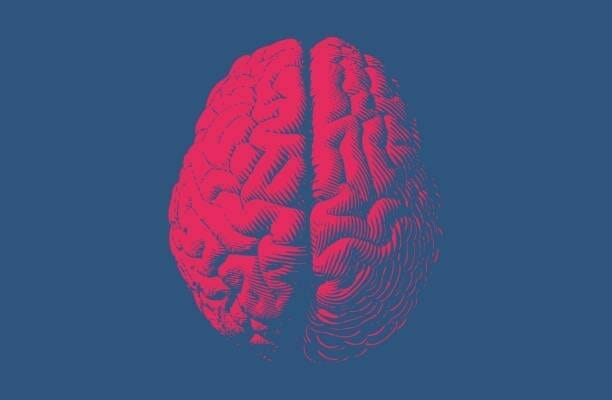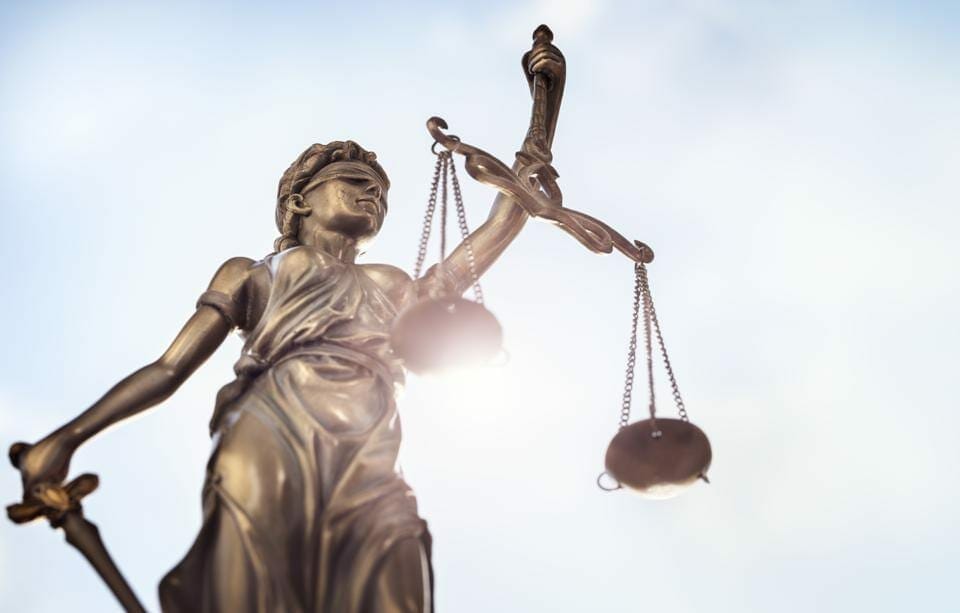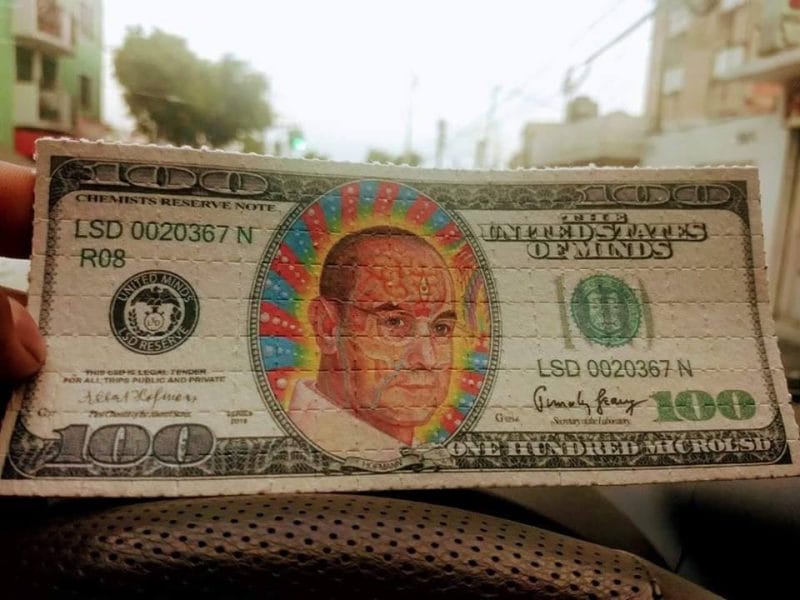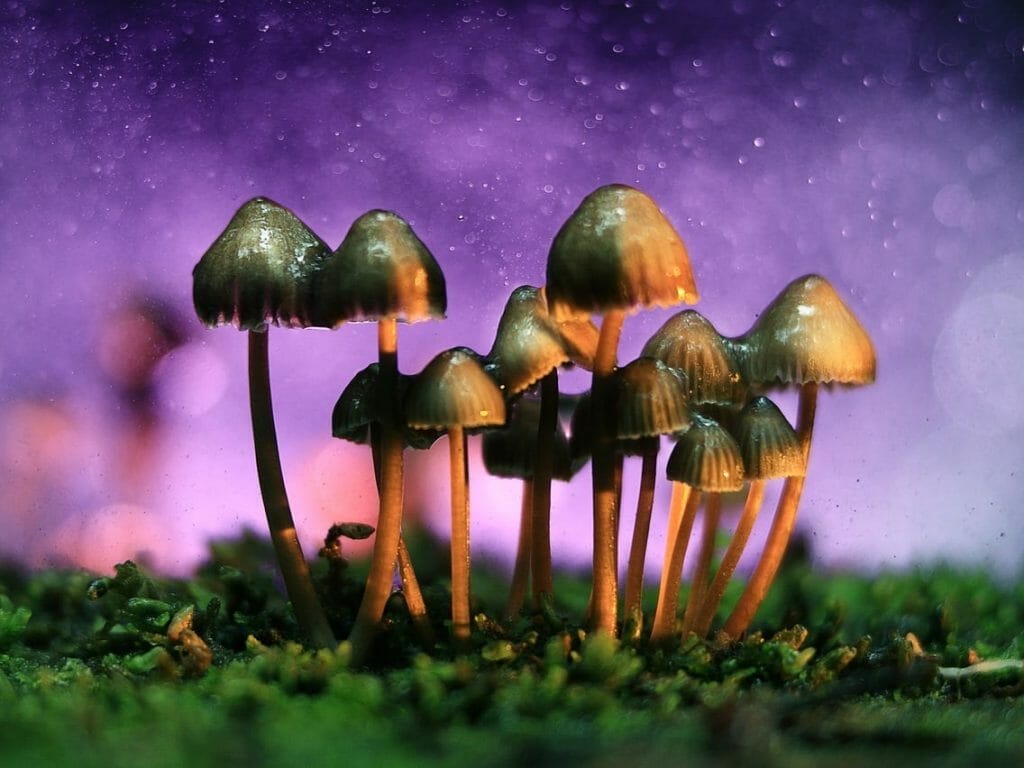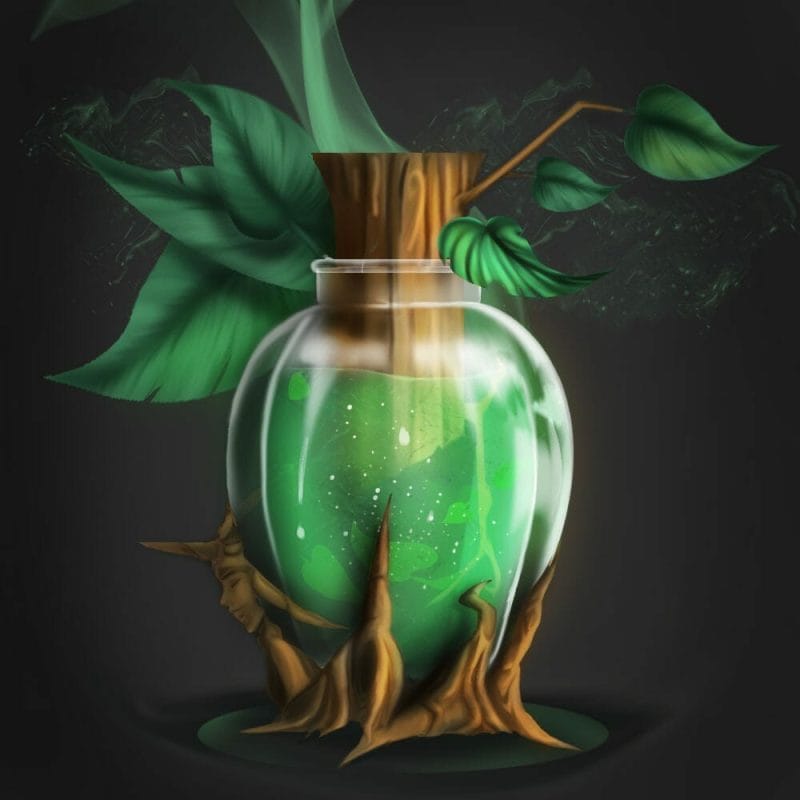Early money
Generating revenue as a new company is almost always difficult.
It typically takes time to build up a loyal customer base, execute marketing campaigns and create awareness around products. Investors love to see early revenue, and for many companies in the psychedelics space, it’s been hard to come by due to strict regulatory frameworks around controlled substances.
One of the more profitable routes so far in the sector has been ketamine clinics.
I have previously written about Field Trip’s (FTRP.CN) and Novamind’s (NM.CN) recent foray into ketamine clinics.
The main draw of ketamine clinics is ketamine infusion therapy. This therapy can cost the patient anywhere from $1,600 CAD to $6,000 CAD for a full series of ketamine treatments. Ketamine infusion for depression usually costs $400 to $800 per session, and most ketamine clinics perform a series of 6 sessions over 2 to 3 weeks. Some providers offer 4 treatments over 1 to 2 weeks. Most ketamine providers request an upfront payment for a complete set of 4 to 6 infusions, some offering discounts or package deals.
For example, Field Trip’s ketamine-based treatment psychotherapy program lasts 11-16 sessions over a 3-4 week period and costs $2,000 CAD. Field Trip recommends doing 3 rounds for more serious afflictions, coming to a discounted cost of $5,500.
Last year Novamind and Field Trip generated $2.1M CAD and $400,000 CAD respectively from their clinics. Novamind owns 5 clinics in Utah, and Field Trip owns 6 clinics in major cities across North America, with plans on expanding to 20 clinics by 2022. Field Trip projects the expansion will cost $4.1M CAD.
While Field Trip is building its own clinics, Novamind is acquiring them – purchasing Cedar Psychiatry’s 4 clinics for $3M CAD last year.
The company reported a $1M CAD gross margin on $2.1M of revenue in a year where foot traffic was drastically down in nearly every brick and mortar-based sector.
The clinics will be paying for themselves before you know it.
Regulatory frameworks?
ketamine infusion therapy is used for the treatment of chronic neuropathic pain and various medication-resistant mental health disorders, including depression, bipolar disorder, and PTSD to name a few.
According to the FDA,
once the FDA approves a drug, healthcare providers generally may prescribe the drug for an unapproved use when they judge that it is medically appropriate for their patient.
So as long as the doctor agrees the infusion therapy to be ethical and not in violation of any safety standards, they can prescribe it accordingly. That looks like a recipe for big profits.
But there are some limitations to the data on ketamine as its status with the FDA as a controlled substance has blocked research for decades. There isn’t any research on long-term effects or potential risks down the road of repeated ketamine infusions over an extended period of time, and there’s no clear consensus between the providers currently offering it on optimal dosing, or how to go about maintaining the drug’s effects. No one has written the de-facto rosetta stone guidebook
There is also no regulating body governing these clinics. A clinic in Los Angeles could have completely different standards than one in Salt Lake City. These clinics are entrusted to run their business as they see fit. A shady clinic could do a lot of damage to someone as ketamine can be dangerous as it can cause hallucinations, if the proper screenings aren’t done someone on anti-psychotic medication for example could be in a lot of danger.
Novamind (NM.C) putting up some serious revenue for an early stage psychedelics company
I can’t see this continuing if the ketamine infusion phenomenon grows and becomes much more widespread. It’s shocking that in a country like America with such strict drug laws that these clinics get laissez-faire treatment.
Here is a map of the current North American ketamine clinics.
One issue affecting profitability is that the ketamine infusion experience doesn’t fit into a standard 50-minute clinical hour. Plain ketamine infusion takes at least two hours, and on top of that Ketamine-facilitated psychotherapy takes another two hours. Ketamine in the psychedelic dose range takes at least three hours. The clinician’s time is a substantial cost.
https://equity.guru/2021/03/01/field-trip-ftrp-cn-is-scaling-its-posh-ketamine-therapy-business-after-huge-ass-95m-raise/
But the biggest obstacle in achieving 10X profitability is the widespread idea of ketamine being a party drug, commonly known as special K. I know for my friends and me growing up it was a common thing to see at parties and raves.
From party drugs to profitability
I admittedly didn’t know the medical benefits of ketamine until a couple of years ago. Psilocybin I always knew deep down, but ketamine was a surprise.
Ketamine was introduced to the medical community in 1962 by Parke-Davis Labs, a company that was acquired by Pfizer (PFE.N). The FDA approved ketamine for human use in 1970 and was a popular anesthetic given to American soldiers during the Vietnam War. Progress came to a halt in 1999 ketamine was deemed a schedule III drug by the FDA after widespread irresponsible usage as a party drug.
I remember back in college, I was at a Halloween party with a new group of people I was just starting to get to know. I brought my friend to the party, dressed up like Raol Duke from Fear and Loathing in Las Vegas he proceeded to do way too much ketamine, going into a k-hole before the party really even started. He basically went limp, knocking over several bongs and smoking devices in the process, it was quite the spectacle. If he wasn’t perfectly dressed up like Duke I think people would have been pretty angry.
Unfortunately, this is the kind of behavior that led the FDA to make ketamine a schedule III drug back in 1999.
Just like with MDMA, LSD, and psilocybin, the party aspect of it is such a small component to the larger picture, and really has little or nothing to do with modern therapy modalities based around these psychedelics. That being said, it is in the public’s consciousness, and breaking that stigma will take a lot of education. People should be hopeful though, just look at how opinions around cannabis have drastically shifted over the past few years.
Ketamine appears to be somewhat of a wonderdrug, and far from any kind of snake oil BS. Drug companies are currently racing to create a powerful fast-acting antidepressant that can produce effects similar to ketamine. Johnson & Johnson (JNJ.N), is testing a nasal spray of esketamine, a ketamine-derived drug.
A 2012 review of four preliminary studies in patients with severe depression concluded that approximately 65-70% of patients responded well to ketamine. A 2017 population analysis showed that depression symptoms in those taking ketamine dropped by 50%. This is a significant market as it’s estimated that 7.1% of Americans have major depressive disorder (MDD). According to the World Health Organization, more than 300 million people experience depression worldwide.

